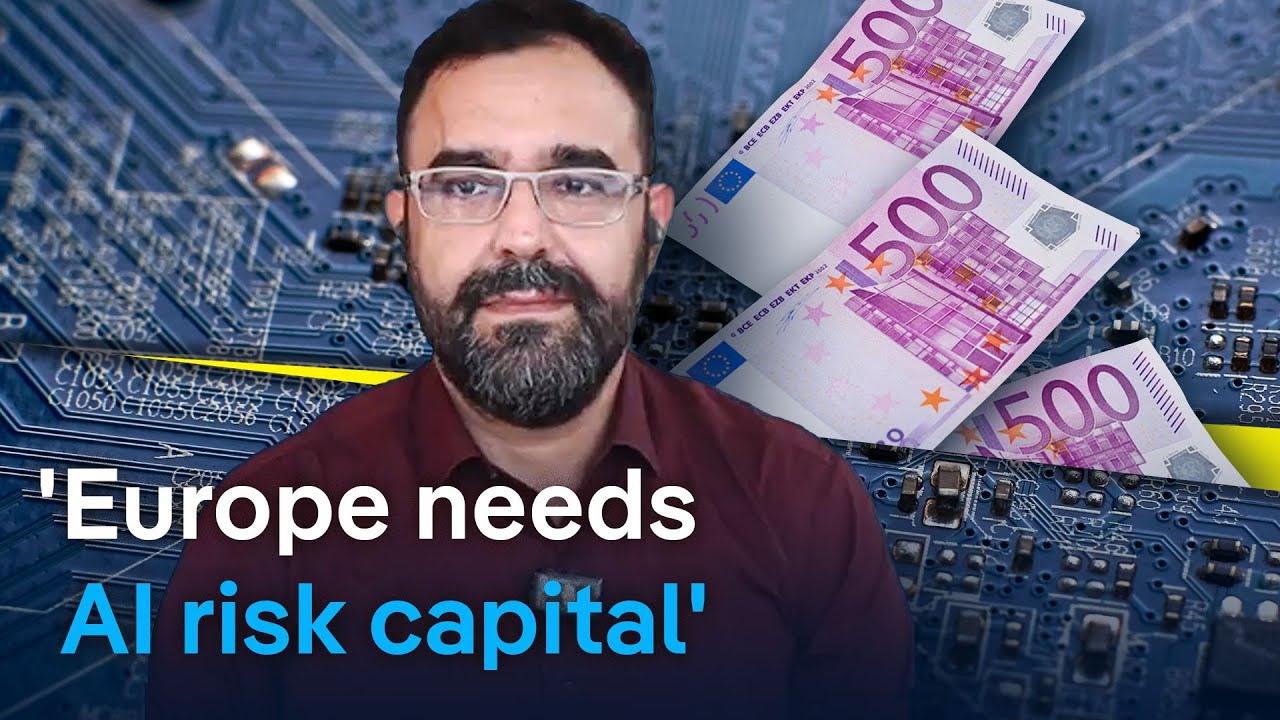The video discusses the emergence of China’s AI model, DeepSeek, highlighting its open-source nature and the creativity fostered by constraints in the Chinese AI landscape, which contrasts with closed-source models like ChatGPT. It also examines the challenges of global AI regulation amid geopolitical tensions, the potential for Europe to advance in AI development, and the implications of AI in warfare, emphasizing the balance between security and innovation.
The video discusses the rapid advancements in artificial intelligence (AI), particularly focusing on China’s AI model, DeepSeek, and its implications for global innovation and competition. Azim Azar, a futurist and founder of the Exponential View, highlights how DeepSeek emerged from constraints in the Chinese AI landscape, such as limited access to risk capital and stringent controls on high-end chips imposed by the U.S. These constraints have fostered creativity, allowing DeepSeek to demonstrate that significant AI advancements can be achieved at a lower cost than expected, prompting a global response to its innovations.
Azar emphasizes that DeepSeek’s open-source model is a significant factor in its impact, as it allows anyone to download and run the model locally, promoting collaboration and widespread use. This contrasts with closed-source models like OpenAI’s ChatGPT, which restrict access to their technology. The decision to make DeepSeek open-source is seen as a strategic move to enhance its reach and transparency, especially given the censorship present in the Chinese version of the application.
The discussion also touches on the challenges of establishing global regulations for AI, particularly in light of increasing geopolitical tensions between the U.S. and China. Azar expresses skepticism about achieving a global consensus on AI regulation, noting that the current political climate in the U.S. is leaning towards disengagement from collaborative efforts. He highlights the importance of having guardrails in place to manage AI risks, while also acknowledging that the defenders in cybersecurity currently hold an advantage over potential attackers using AI.
The European Union’s AI Act is examined as a legislative effort to impose regulations on AI technology. Azar’s perspective on the AI Act has evolved, recognizing the need for clear rules while cautioning against overly rapid regulation that could stifle innovation. He argues that Europe has the potential to catch up in AI development, given its technical talent and data resources, but emphasizes the necessity of risk capital and supportive frameworks for entrepreneurs to thrive.
Finally, the conversation shifts to the implications of AI in warfare, particularly with Alphabet’s recent willingness to develop AI weapons. Azar notes that AI tools are already being utilized on the battlefield, as seen in the ongoing conflict in Ukraine. He reflects on the delicate balance between maintaining strong defenses and avoiding an arms race that could lead to conflict. Ultimately, he suggests that while AI presents risks, it also offers opportunities for enhanced security and defense, underscoring the complexity of navigating the future of AI in both civilian and military contexts.
